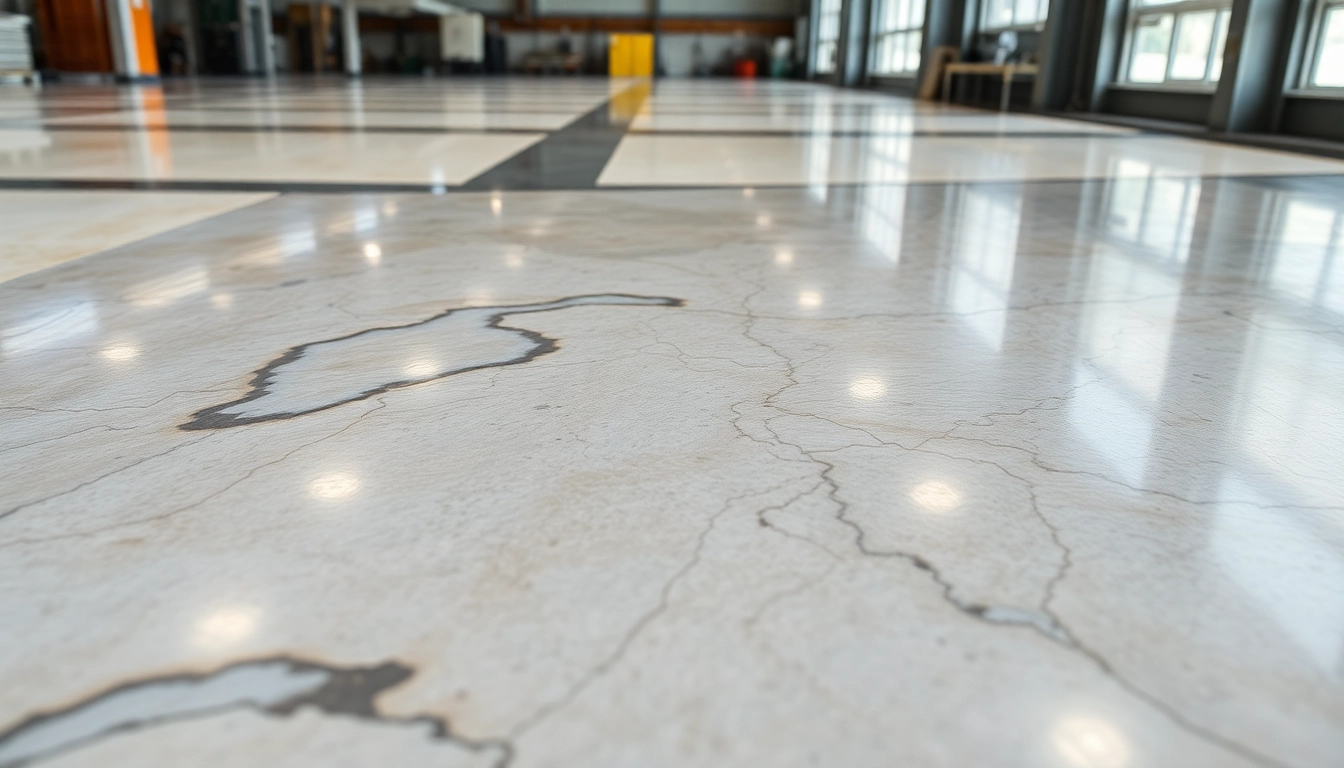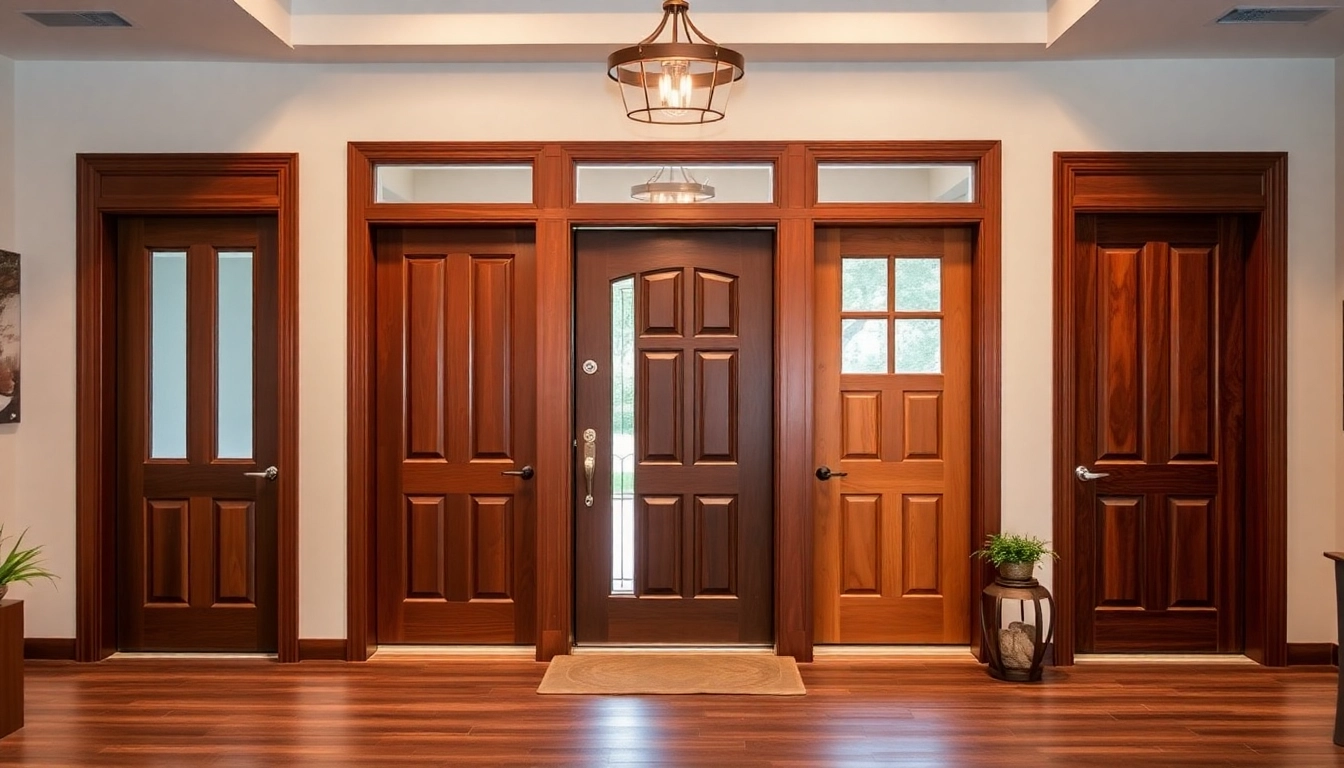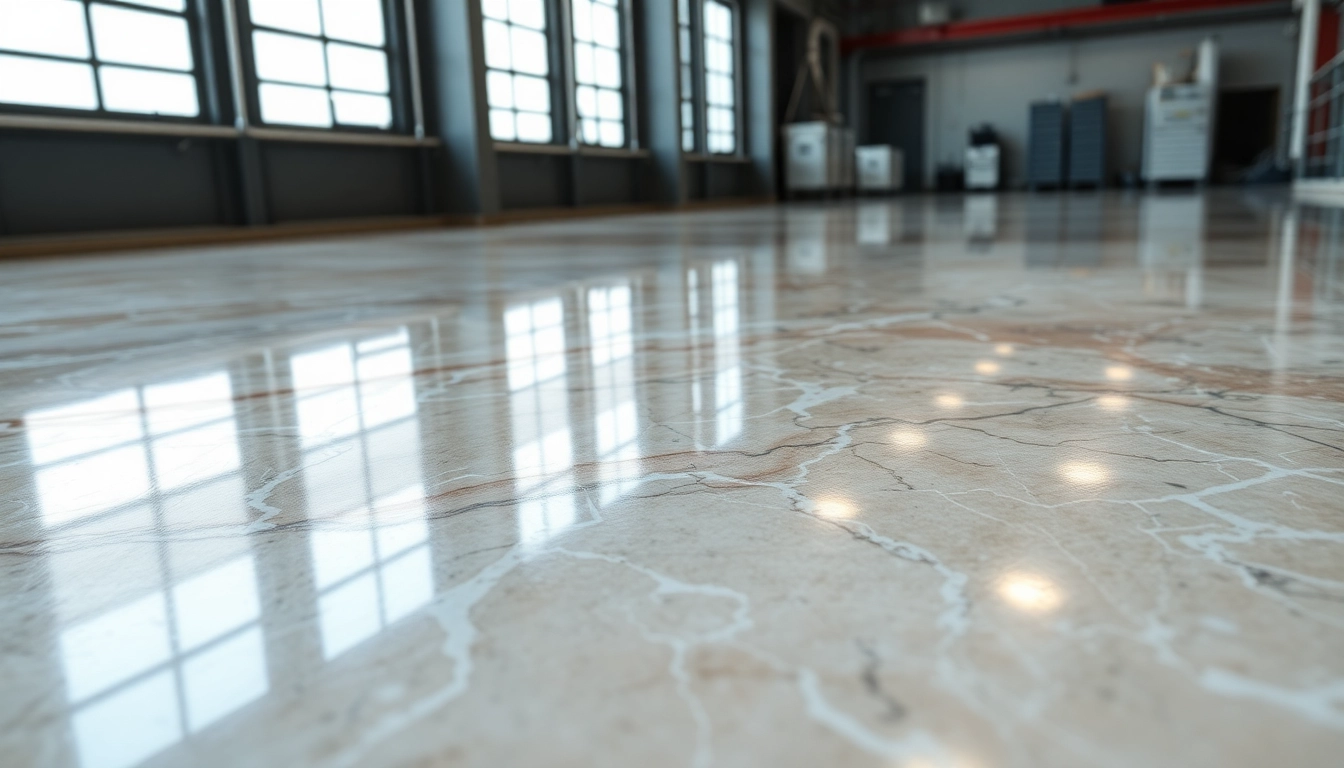Epoxy resin flooring has become a popular choice for both commercial and residential spaces due to its exceptional strength, aesthetic versatility, and ease of maintenance. Whether you’re considering enhancing a garage, upgrading a retail space, or creating a stunning basement finish, understanding the fundamentals of epoxy resin floors can help you make informed decisions. To explore high-quality options and professional services tailored to your needs, visit Epoxy resin floor and discover how this durable solution can transform your space.
Understanding Epoxy Resin Floors: Types and Benefits
Different Types of Epoxy Floors for Commercial and Residential Use
Epoxy flooring comes in various formulations tailored to specific applications, environments, and aesthetic preferences. The most common types include:
- Solid Epoxy Coatings: These are highly durable, providing a thick, protective layer ideal for heavy traffic areas. They bond strongly with concrete and are resistant to chemicals and abrasion.
- Self-Leveling Epoxy: Offering a smooth, seamless surface, self-leveling epoxy is perfect for creating a uniform finish over uneven substrates, often used in garages and showrooms.
- Quartz or Flake Systems: Embedded with decorative quartz or flakes, these systems combine aesthetics with durability, suitable for commercial settings needing slip resistance.
- Anti-Static and Conductive Epoxy: Designed for sensitive electronic environments or laboratories, these formulations prevent static buildup.
Each type offers unique advantages, allowing property owners to select solutions that align with their functional and design goals.
Key Advantages: Durability, Aesthetic, and Maintenance Ease
Epoxy resin floors offer numerous benefits that have cemented their popularity:
- Exceptional Durability: Resistance to impacts, abrasions, and chemicals makes epoxy ideal for high-traffic and industrial environments.
- Enhanced Aesthetics: Available in myriad colors, finishes, and textures, epoxy can be customized for a sleek, modern look or artistic effects like metallic finishes.
- Easy Maintenance: Once cured, epoxy floors are seamless and non-porous, preventing dirt and dust accumulation and simplifying cleaning routines.
These attributes contribute to long-term cost savings and consistently attractive appearances, making epoxy a prudent investment.
Selecting the Right Epoxy Resin for Your Project
Choosing the optimal epoxy resin depends on factors such as substrate condition, environmental exposure, budget, and desired aesthetics. For example, demanding industrial floors benefit from high-solids or industrial-grade epoxies, while residential applications may prefer decorative, UV-stable options. Experts recommend assessing your specific needs and consulting with flooring professionals to identify the most suitable formulation.
Step-by-Step Guide to Installing an Epoxy Resin Floor
Preparing Your Surface for Optimal Bonding
Surface preparation is paramount. Begin by cleaning the substrate thoroughly to remove dirt, grease, or existing coatings. Repair any cracks or damages with appropriate patching compounds. Mechanical etching or shot blasting is often used to create a profile that enhances adhesion. Ensuring the surface is dry, smooth, and free of dust sets the foundation for a successful application.
Applying the Epoxy Layer: Techniques and Tips
Application involves mixing the epoxy resin components according to manufacturer instructions, usually a two-part system. Use high-quality tools like rollers or squeegees to spread the mixture evenly. For best results, maintain ambient temperatures and humidity levels within recommended ranges. Layer thickness should match the product specifications, with multiple coats applied if needed for increased durability. For decorative finishes, incorporate pigments or effects during mixing.
Finishing Touches: Sealing, Curing, and Maintenance
After applying the final coat, allow the epoxy to cure undisturbed. Curing times vary but typically range from 24 to 72 hours. Once hardened, a clear sealant can be added for extra sheen and protection. Regular sweeping and damp mopping help sustain the floor’s appearance and performance, avoiding abrasive cleaners that might damage the surface.
Common Challenges and How to Overcome Them
Dealing with Surface Imperfections and Bubbles
Imperfections like air bubbles or surface irregularities can mar the final appearance. Using low-viscosity epoxy and applying it in thin coats reduces air entrapment. Rolling the mixture gently and avoiding over-mixing minimizes bubble formation. If bubbles appear, pass a heat gun or torch gently over the surface to release trapped air during curing.
Ensuring Even Coverage and Adhesion
Uniform application is crucial for consistent aesthetics and performance. Utilize proper tools such as notched squeegees and rollers. Maintain a steady movement rate and overlapping strokes. For larger areas, batching epoxy in manageable quantities prevents uneven curing. Proper surface preparation enhances adhesion, ensuring longevity and resistance to delamination.
Durability Tips for Long-lasting Results
Protect your epoxy floor by avoiding harsh chemical exposure beyond manufacturer guidelines, implementing strategic foot and equipment traffic controls during curing, and conducting periodic maintenance. Applying a high-quality topcoat can extend lifespan and preserve appearance, especially in commercial settings.
Innovative Trends and Future of Epoxy Resin Flooring
Latest Technologies and Eco-Friendly Options
The industry sees growing advancements like low-VOC, plant-based resins that reduce environmental impact. UV-stable formulations prevent yellowing over time, preserving aesthetic qualities. Innovations in quick-curing epoxy systems allow faster turnaround times, minimizing downtime for businesses.
Design Trends: Custom Colors and Effects
Modern epoxy designs incorporate metallic pigments, mica flakes, and color-shifting effects to achieve high-end finishes. Custom logos and patterns embedded during application facilitate branding and unique aesthetics, especially in retail and hospitality environments.
Commercial and Industrial Applications Expanding
The scope of epoxy floors broadens into areas like healthcare, laboratories, and retail, driven by ongoing research into formulations that meet specific industry standards for hygiene, chemical resistance, and safety. The versatility and adaptability of epoxy resin flooring continue to position it as a leading solution for dynamic environments.
Cost Analysis and Choosing the Right Kit or Contractor
Budgeting for Material and Installation
Cost factors include epoxy type, surface size, preparation requirements, and decorative finishes. DIY kits can start as low as $60, while professional installation costs range higher depending on complexity and access. Investing in quality materials ensures durability, reducing long-term expenses.
Comparing DIY Kits vs. Professional Installation
While DIY kits offer affordability and flexibility, expert installation guarantees perfect surface preparation, optimal application, and finish. Professionals can also advise on suitable formulations for your environment, minimizing errors and costly rework.
Where to Find Quality Epoxy Resin Floor Products
Trusted suppliers like EPODEX and Stone Coat provide comprehensive kits and components crafted for durability and aesthetics. To ensure a reliable purchase, prioritize brands with high ratings, clear instructions, and detailed technical data sheets. Consulting with experienced contractors can further enhance project outcomes.



